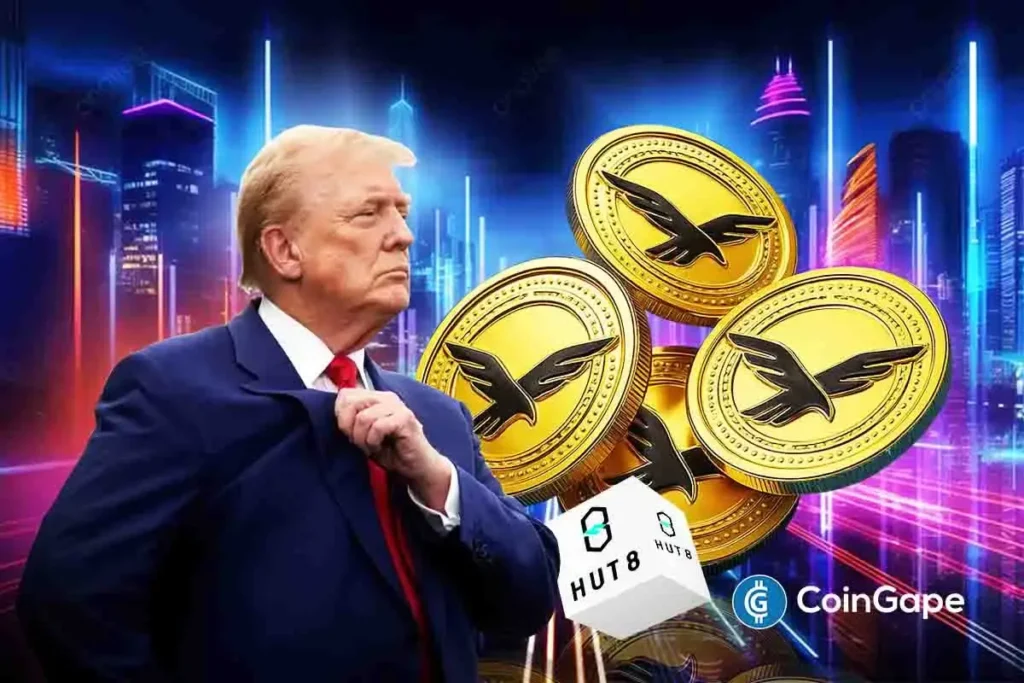Trump’s Real Estate Portfolio Set for Tokenization: The Future of Investment
In a groundbreaking development, World Liberty Financial (WLFI) has announced plans to tokenize parts of Donald Trump’s $1.2 billion real estate portfolio. This innovative strategy aims to convert iconic properties such as Trump Tower into digital investment opportunities accessible to everyday investors. By leveraging blockchain technology, the project seeks to create fractional shares of these high-value assets, potentially unlocking significant liquidity while ensuring that the majority control remains with the former President. This venture represents a significant leap into the intersection of real estate and digital finance.
Tokenization is poised to disrupt the traditional finance landscape, enabling real-world assets to enter the $400 trillion market. Experts predict that even a partial tokenization of Trump’s holdings, between 10-20%, could generate between $120 million to $240 million. By creating digital tokens that represent ownership in physical properties, onboarding everyday investors into what has typically been a high-barrier investment category becomes feasible. This could democratize investment opportunities while allowing for substantial liquidity to flow into Trump’s assets.
Beyond real estate, WLFI’s ambitions extend into various sectors. Co-founder Zak Folkman announced plans to tokenize commodities such as oil, gas, cotton, and timber, thereby expanding the project’s reach. This diversified approach aims to couple these assets with WLFI’s USD1 stablecoin, ensuring easy on-chain representation and trading. By creating a seamless digital marketplace, investors can trade tokens representing real-world commodities alongside traditional assets, thus broadening investment horizons.
In addition, the Trump Organization is positioning itself to capitalize on the crypto surge with plans to launch a debit card and retail payments app. Integrated with Apple Pay, the app aims to link WLFI’s USD1 stablecoin to everyday transactions. This step not only simplifies crypto spending for users but also bridges the gap between traditional finance and the burgeoning digital economy. By facilitating easy access to crypto for daily purchases, this initiative could attract a broader audience to the concept of tokenization and digital investments.
Simultaneously, the Trump company has signed a memorandum of understanding with South Korean exchange Bithumb, marking a strategic move to increase its presence in Asia. The region is currently experiencing rapid blockchain adoption, making it a fertile ground for expansion. Partnering with established exchanges not only enhances WLFI’s credibility but also positions the brand favorably amid growing interest in cryptocurrency and digital assets.
In a related development, Hut8, a prominent Bitcoin mining facility, recently bolstered its treasury reserves with the purchase of WLFI tokens at $0.25 each. This transaction, involving locked tokens from WLFI’s treasury, stands as a testament to the burgeoning collaboration between traditional firms and DeFi projects. Hut8’s investment reflects a trend among mining firms to diversify their portfolios, especially as they look to expand into artificial intelligence and high-performance computing markets. The decision also underscores the growing interest in WLFI’s token, enhancing its credibility and liquidity.
In conclusion, the tokenization of Trump’s real estate portfolio through WLFI is poised to be a transformative development in investment strategies. From real estate to commodities, and even consumer markets, the potential applications of this technology are vast. With strategic partnerships and innovative solutions, the world is on the brink of a new investment era that could redefine accessibility and liquidity in financial markets. As this trend evolves, it is essential for investors to stay informed and prepared for the opportunities that lie ahead.


